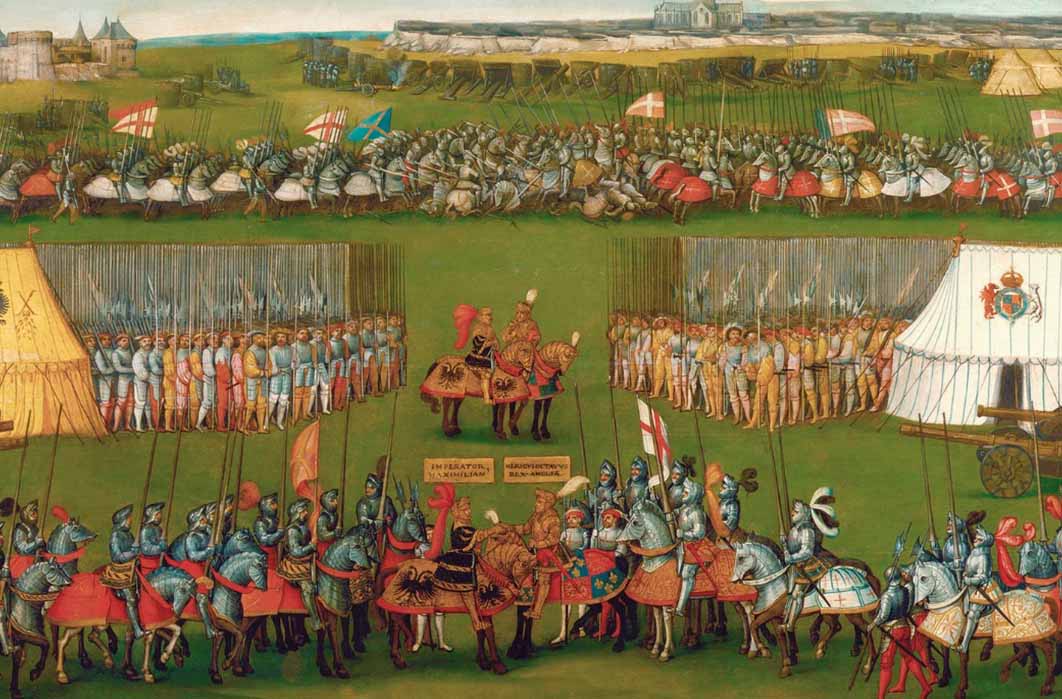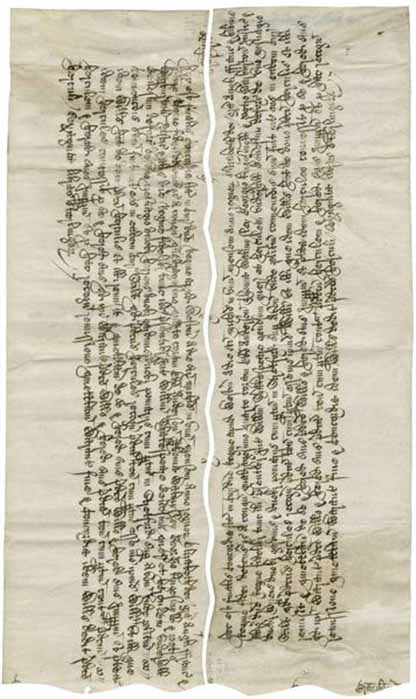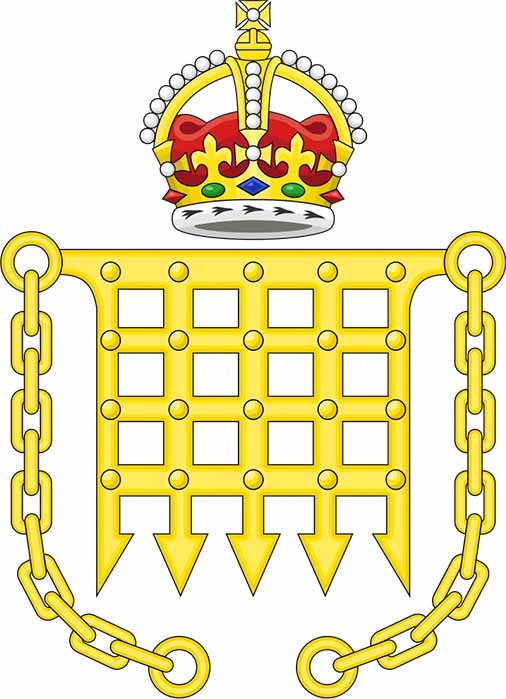
Tudor Intrigues and Intricacies - A Royal Guard’s Journal
The journal of a certain Edward Underhill offers a rare insight into the intrigues and intricacies of the Tudor court, for as a member of the monarch’s personal guard, he interacted with all the Tudor monarchs except Henry VII. His journal showcases the interlacing between royalty, nobility and gentry. Edward’s grandparents were John Underhill and his second wife, the heiress Agnes Porter of Nether-Ettington, whom he married during the mid-1480s. In 1500, for 200 marks, they purchased the Manor of Hunningham in a beautiful setting a few miles outside of Leamington Spa and the couple leased for a term of 80 years from John Shirley his Manor of Ettington about six miles (10 kilometers) from Stratford-on-Avon.
John and Agnes had four sons and three daughters: Thomas (born 1484), Edward (born 1486), Robert, William, Elizabeth, Susan and Dorothy. When John died in 1518, his second son, Edward, retained Ettington Manor and lands. The manor-house was described in 1556 as having large rooms including a Great Chamber, a parlour, other chambers/bedchambers, a study, a day-house, kitchen, bake-house and storehouse. Edward married Margaret Middlemore and they had three sons and seven daughters. Their eldest son, Thomas married Elizabeth Congreve and according to a tablet in Ettington church they lived happily together for over 65 years. Their son Humphrey, after his first wife Ursula Congreve died, married Dorothy, sister of Sir Christopher Hatton and widow of John Newport. Ursula and Humphrey had a son William who lived in Stratford as an adult and who sold New Place to William Shakespeare in 1597.

The final concord between William Shakespeare and Hercules Underhill is the confirming title to Shakespeare's New Place house in Stratford-upon-Avon, signed Michaelmas 1602. Shakespeare originally purchased New Place in May 1597 from William Underhill II. Folger Shakespeare Library (Public Domain)
John’s eldest son, Thomas - Edward’s father - inherited Hunningham Manor where he had been living since he married Anne Wynter of Huddington in 1509/10. (On her side, her brother had a son, Gilbert, who became gentleman usher to Princess Elizabeth and her father, Robert, remarried taking as his second wife Katherine, daughter of Sir George Throckmorton.) Thomas and Anne’s firstborn, Edward, author of the journal, arrived in 1512 and between 1514 and 1518 he was joined in the nursery by Ralph, Thomas, Elizabeth, Alice and the youngest Hugh (who in 1563 was appointed by Queen Elizabeth I as Keeper of the Wardrobe at Greenwich). Thomas only survived his father John by two years, dying when Edward was eight years old. When Edward attained his majority, he left Warwickshire for the more exciting city-life of London and for a while mixed with a bad lot.

Badge of the Honourable Corps of Gentlemen at Arms (Sodacan / CC BY-SA 4.0)
Joining the Gentlemen Pensioners
In 1539 King Henry VIII decided to recreate his 1509-band of mounted Gentlemen Pensioners who supplemented the Palace Guard and the Yeomen of the Guard. Their duties were to stand guard with their pole-axes in the royal Presence Chamber. During ceremonial occasions and the quarterly-waiting detachments they were expected to be constantly alert, ready to muster armed with spear to protect the monarch. Edward was appointed a member of that band. At a salary of £50 per annum he was required to provide himself with full armour, weaponry and two horses as well as horses and armour for his servants. In 1543 Edward so distinguished himself serving at the Siege of Landrecies in Northern France that his commander Sir Richard Cromwell proposed to King Henry to appoint him one of the 20-50 gentlemen to attend upon his royal person at Boulogne in 1544. Around that time Edward sold the family home of Hunningham to Richard Newport which was later inherited by his brother John and wife Dorothy.
- Hidden Wall Paintings Discovered In Tudor Mansion With A Dark Past
- Lady Jane Grey, the Nine Days Queen of England’s Religious War Period
- Bloody Mary: Tumultuous Beginnings for a Future Queen of England
Edward’s younger brother Thomas was also doing well. In 1540 the Duke of Norfolk had recommended him to be a Sergeant-at-Arms in London and in June 1543 the City of London entrusted him to lead 100 London men to Dover who were accompanying King Henry to Calais.
On 17 November 1546, Edward married Joan, daughter of London merchant Thomas Speryne at St Anthony’s on Budge Row, and with Edward having to stay within 12 miles (20 kilometers) of the court, they set up house in Limehouse. Their first child, Anne was born on 17 December 1547 and they would go on to have five sons and seven daughters.




